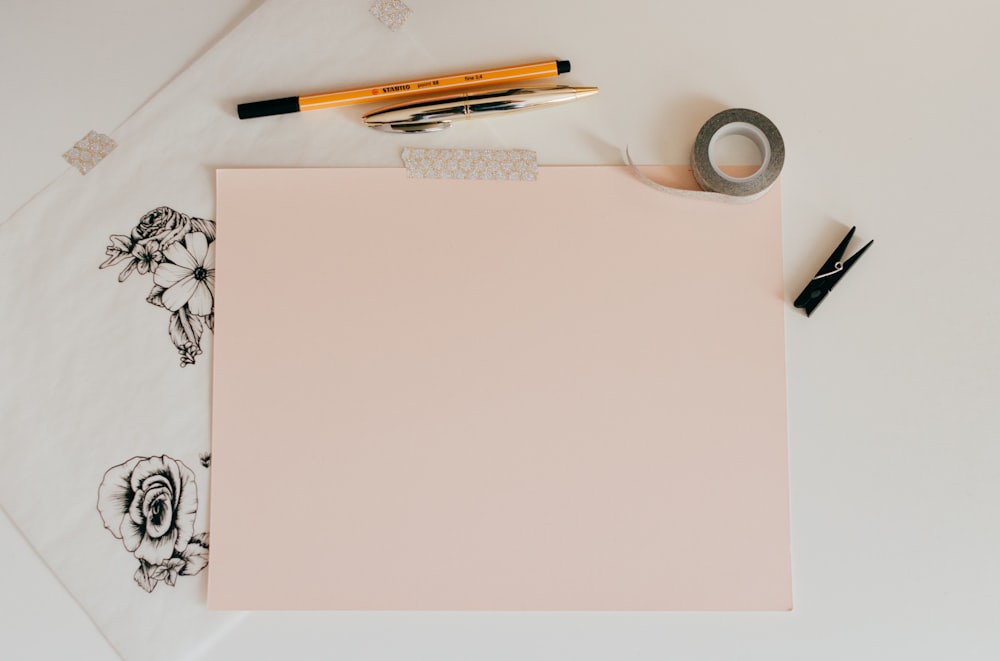Subheading: The Importance of Art Preservation
Preserving artistic treasures is not merely a matter of maintaining physical objects; it’s about safeguarding cultural heritage and ensuring future generations can appreciate and learn from these treasures. Artistic works, whether paintings, sculptures, or artifacts, hold significant historical, artistic, and sentimental value. Therefore, understanding and implementing essential art preservation techniques are crucial for their longevity and continued appreciation.
Subheading: Conservation Methods and Techniques
Art preservation encompasses a range of methods and techniques aimed at mitigating damage and decay to artworks. These techniques may include environmental controls, such as maintaining stable temperature and humidity levels, to prevent deterioration caused by fluctuations. Protective measures like proper handling, storage, and display are also vital to minimize physical damage, such as light exposure, dust accumulation, and pest infestation.
Subheading: Restoration vs. Conservation
It’s essential to differentiate between art restoration and art conservation. While restoration focuses on returning an artwork to its original state, conservation prioritizes preserving the artwork’s existing condition and preventing further deterioration. Both disciplines are essential in art preservation, with restoration addressing damages and conservation ensuring long-term stability and protection.
Subheading: Environmental Controls and Monitoring
One of the primary art preservation techniques involves controlling the artwork’s environment. This includes maintaining stable temperature and humidity levels within recommended ranges to prevent mold growth, warping, and cracking. Additionally, monitoring light exposure and using UV-filtering glass or shields can protect artworks from fading and discoloration over time.
Subheading: Proper Handling and Storage
Artworks are vulnerable to damage during handling and storage. Therefore, employing proper handling techniques, such as wearing gloves and using padded supports during transportation, is crucial to prevent physical harm. Equally important is ensuring artworks are stored in archival-quality materials, such as acid-free boxes, folders, and wrapping, to protect against deterioration caused by acidic substances.
Subheading: Conservation Treatments and Assessments
Conservation treatments involve careful assessments of an artwork’s condition to determine appropriate interventions. These treatments may include surface cleaning to remove dust and grime, consolidation of fragile areas to prevent further damage, and stabilization of structural components. Conservation assessments are conducted by trained professionals who follow ethical guidelines and best practices to preserve the artwork’s integrity.
Subheading: Documentation and Research
Comprehensive documentation and research play a vital role in art preservation. Cataloging artworks, recording their histories, and documenting conservation treatments provide valuable insights into their provenance, condition, and preservation needs. Researching materials, techniques, and historical context further informs conservation decisions and ensures informed and ethical practices.
Subheading: Integrated Pest Management
Protecting artworks from pest infestations is another critical aspect of art preservation. Integrated pest management (IPM) strategies involve identifying and monitoring potential pests, implementing preventive measures such as sealing cracks and gaps, and using non-toxic pest control methods when necessary. IPM helps safeguard artworks without compromising their integrity or safety.
Subheading: Training and Education
Art preservation requires expertise and ongoing education. Conservators and museum professionals undergo specialized training to acquire knowledge and skills in conservation techniques, materials science, art history, and ethical standards. Continuous learning and professional development ensure conservation practices remain current, effective, and aligned with industry standards.
Subheading: Public Engagement and Advocacy
Lastly, public engagement and advocacy play a crucial role in art preservation. Raising awareness about the importance of conservation, promoting responsible art stewardship, and advocating for funding and support for conservation initiatives are essential to safeguarding artistic treasures for future generations to enjoy and appreciate. Read more about Art preservation techniques




